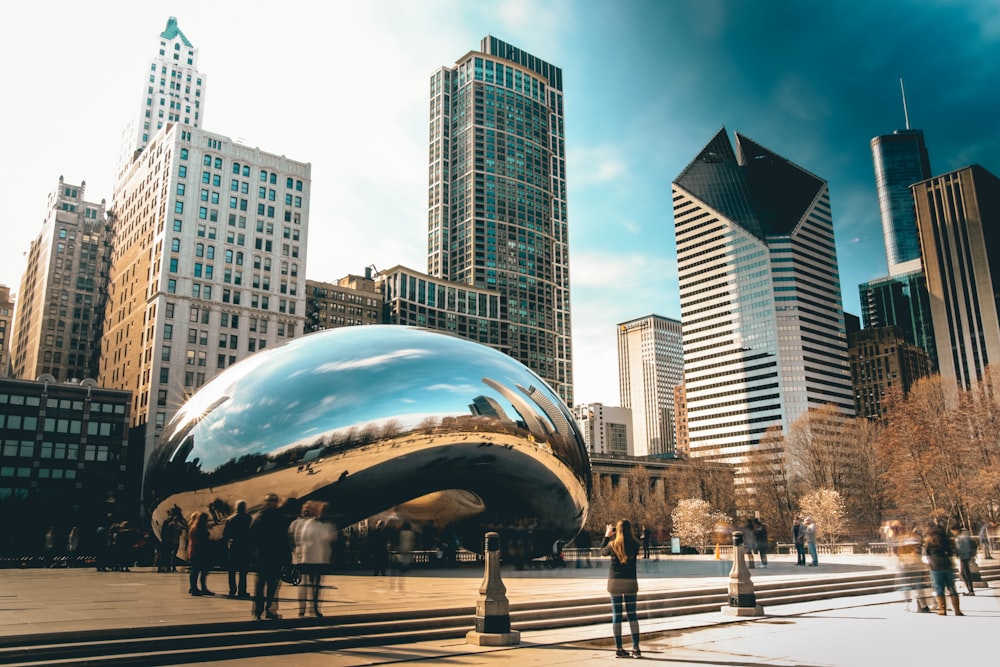

A “Smart City” is an urban area that uses various types of electronic data collection sensors to provide information to manage assets and resources efficiently.
The conceptualization of “What is a Smart City” varies from city to city and country to country, depending on the city’s level of development, how willing it is to change and reform, and the resources and desires of its inhabitants.
In Smart Cities; Thanks to the data obtained from the intelligent devices (brilliant mobile phones, smart homes, bright lighting, etc.) in the city, there is no Smart City without data. It is aimed to improve the quality of life of cities. For example, we can adjust the traffic lights more dynamically with the data obtained from the intelligent traffic lights. In exceptional cases – such as fire brigade and ambulance – traffic lights automatically turn green. The main issue is; To save time, energy, water, and waste and offer a more sustainable life by analyzing the data obtained by intelligent devices.
Security
One of the most critical issues in Smart Cities is security. Many cameras in the town help reduce crime rates and find criminals faster.
Education
It is part of this work to make agreements with universities to train people who will work in this field and establish laboratories that provide free lectures in the city. But, of course, it should not be forgotten that the codes are accessible to everyone.
Digital Kiosks
Thanks to the digital kiosks in the cities, you can answer your questions through these kiosks:
- Places you want to visit.
- Public transport hours.
- Emergency numbers.
- Essential matters to tourists.
Smart Buildings
In Smart Cities, the consumed energy, water, and electricity can be controlled thanks to the sensors in the intelligent buildings; In this way, more savings are realized.
Free Wi–fi Zones
Since one of the most critical points of Smart Cities is data, the abundance of accessible wi–fi areas is just as important. The more easily city residents and tourists can access the internet, the more data obtained will increase, and service will be provided accordingly.
Smart Parking Areas
Who does not want to see the closest parking areas to you through the city’s mobile phone application while searching for a parking space?

One of the sine qua non of the Smart City is the mobile application. Thus, city residents can quickly convey their positive/negative views about the city and share their demands.
Clean Energy and Lighting
Imagine that all the street lamps turn on one by one as you walk when you enter a street. Thanks to the sensor in the light, the area you are walking is only illuminated. This is the method used on the roads of Smart Cities.
Intelligent Garbage Collection System
Thanks to the sensors in the trash cans, learning which trash cans are complete means a great time saver for the garbage trucks. Thus, daily routes can be drawn, and optimization is made accordingly.
Public Transport & Car Sharing Applications
Some of the studies carried out in this field are that public vehicles consist of zero–emission buses, that public transportation tickets can be purchased with the mobile ticket application, that there are many electric bikes in the city, and that the availability of these bikes can be accessed via mobile phones (Mobike and OFO), and that cars are shared so that there are fewer vehicles in the traffic.
Especially the intelligent poles developed by Verisun and working with solar energy are used in many cities.
Instead of talking about intelligent parking, innovative healthcare, smart agriculture, smart transportation, competent government, intelligent energy, or the like, look at how innovative city initiatives are launched to achieve one or more of the following goals:
- The Efficiency of Services in Smart Cities: Optimizing public resources and providing a high level of citizen service.
- Safety and Security in Smart Cities: Improving public safety in everyday life and private events and being best prepared for emergencies and disasters.
- Economic Growth in Smart Cities: Attracting businesses, investors, citizens, and tourists.
- City Reputation in Smart Cities: Continually improving the image and importance of the city.
- Sustainability in Smart Cities: Growing and developing the city with great emphasis on environmental impact.
- Mobility in Smart Cities: Making it easier for citizens, workers, and tourists to move around the city by foot, bike, vehicle, or public transport (regardless of means of transport).

Technological Cornerstones of a Smart City
Innovative city projects also share three common technological cornerstones:
- Data
- IoT Sensors
- Connectivity Infrastructure
Sensors are represented by any device connected to the network infrastructure and information.
Fixed or wireless networks provide the connectivity infrastructure, and data represent the storage, analysis, and presentation of real-time and historical data.
Connecting these three cornerstones provides a powerful platform for new and more effective ways to build more livable cities.




